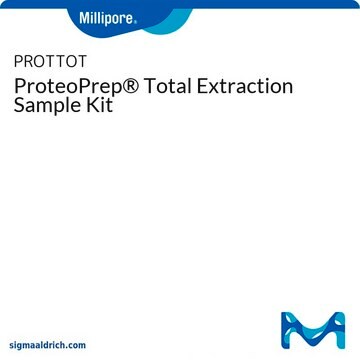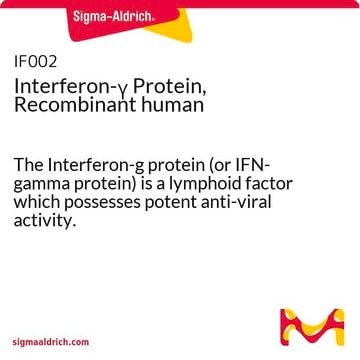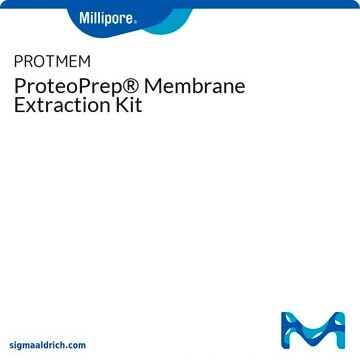UPL41THRU50
Roche
Universal ProbeLibrary
Probes 41 to 50,The Universal ProbeLibrary will be phased out by the end of 2020 and stock will be available until it is depleted. The Assay Design Center will be available through December 31st, 2020
About This Item
Polecane produkty
producent / nazwa handlowa
Roche
opakowanie
pkg of Probe #41 (04688007001)
pkg of Probe #42 (04688015001)
pkg of Probe #43 (04688031001)
pkg of Probe #44 (04688040001)
pkg of Probe #45 (04688058001)
pkg of Probe #46 (04688066001)
pkg of Probe #47 (04688074001)
pkg of Probe #48 (04688082001)
pkg of Probe #49 (04688104001)
pkg of Probe #50 (04688112001)
Opis ogólny
Zastosowanie
- on the LightCycler® Carousel-Based System (e.g., with the LightCycler® TaqMan® Master), or
- on other commercially available real-time PCR instruments (e.g., with the FastStart TaqMan® Probe Master).
Note: You can easily design gene-specific quantification assays using these probes and the free web-based ProbeFinder software at the Assay Design Center.
Cechy i korzyści
- Significantly reduces assay design time and implementation time.
- Includes features that make probe-based assays specific, flexible, and convenient.
- Needs no special hardware or unusual reaction conditions.
Komponenty
Jakość
Purity: Each probe is analyzed by anion-exchange HPLC.
Composition: Each probe is analyzed by MALDI-MS.
Inne uwagi
Assay design: The free online ProbeFinder software, available at the Universal ProbeLibrary Assay Design Center, designs one or more intron-spanning assays for a target gene, based on specific information (i.e., gene name, accession number, or sequence) that you submit. For each assay it designs, the software will specify a set of specific primers plus a probe from the Universal ProbeLibrary that will give the best results. The combination of primers and probe will provide specific amplification and detection of your target sequence in a standard real-time PCR assay.
Labeling: pre-labeled with a reporter fluorophore (FAM) and a dark quencher dye.
Instrumentation required: standard real-time PCR instrumentation.
Notes: In addition to being available individually, the Universal ProbeLibrary probes are available in sets (90 probes/set), each of which covers virtually all the transcripts from a single organism. Together, the sets cover approximately 99% of the human, primate, mouse, rat, C. elegans, Drosophila, and Arabidopsis gene transcripts listed in the NCBI Reference Sequence Database.
For more information, see the listings for these organism-specific sets.
Informacje prawne
Certyfikaty analizy (CoA)
Poszukaj Certyfikaty analizy (CoA), wpisując numer partii/serii produktów. Numery serii i partii można znaleźć na etykiecie produktu po słowach „seria” lub „partia”.
Masz już ten produkt?
Dokumenty związane z niedawno zakupionymi produktami zostały zamieszczone w Bibliotece dokumentów.
Nasz zespół naukowców ma doświadczenie we wszystkich obszarach badań, w tym w naukach przyrodniczych, materiałoznawstwie, syntezie chemicznej, chromatografii, analityce i wielu innych dziedzinach.
Skontaktuj się z zespołem ds. pomocy technicznej








